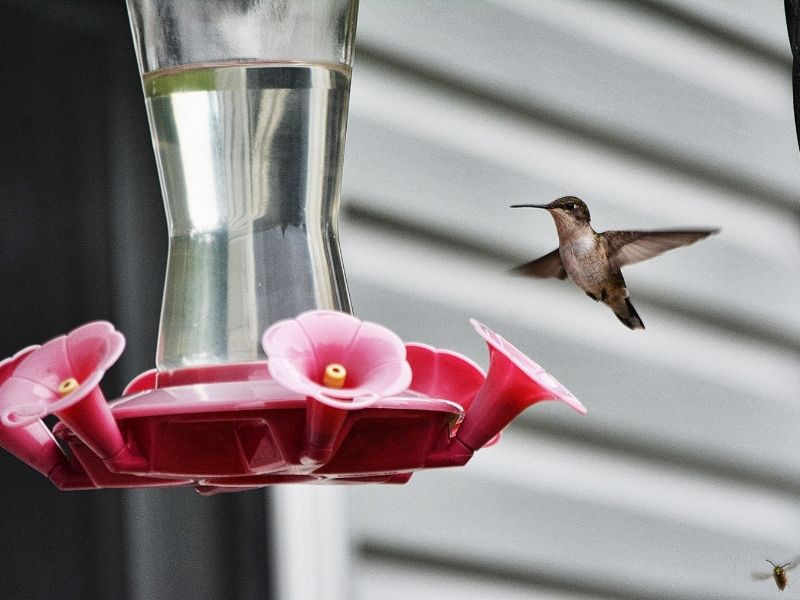

Try not to put the glue to the side of the filler to avoid it being distorted. Move the rod to the side and carefully put the glue right down the cap. Put the filler upside down (like a U shape). In order to secure the rod, you need to use a heated glue gun. If you don’t have a metal rod, you can use pliers to cut the straight part of the coat hanger.ĭrill a hole in the middle of the bottle cap, then push the metal rod through the cap. Next, use the metal rod to make the hanger of the moat. Be very careful in this process since you may cut your hands or touch the sharp edge of the filler. The length of the cutting part should be around 10cm – 15cm. First, you need to use a utility knife to cut the upper part of the bottle. #RefugiodeVidaSilvestre #notapark #urbanrefuge #birding #photography #family #weneednature #ornithology #nature #education #culture #PNW #fall #fun #wildwashington. They’re just adjusting their habits with the seasons, as nature intended! If you see raccoons foraging in the daytime and they appear otherwise healthy, there’s no need to panic and assume they have rabies.

Now is a great time to make sure that your attic and crawl space don’t have any entry-points for guests who might mistake it for a winter den. Please be kind to your raccoon neighbors as they prepare for torpor in the coming weeks. These coming months are hard for most creatures, and we’re no exception! We tend to sleep more and gain weight during the winter, and many experts believe that torpor instinct is a major contributor to seasonal depression. If you’re one of the many people who can relate to a raccoon’s desire to spend the winter sleeping and coming out only to eat junk food, that’s not a coincidence! We humans have a torpor instinct just like our wild neighbors. Torpor still accomplishes the same thing as hibernation, though: it enables animals to make it through the lean months with little food. While raccoons in the coldest parts of their range may sleep for several days at a time during torpor, they never experience the dramatically slowed metabolism that true hibernators experience. Raccoons in torpor become much more sluggish than in the warmer months and may spend nearly all their time sleeping, but they still need to eat and drink regularly. Torpor differs from true hibernation by being much lighter and much less consistent.

All these changes prepare them for “Diet Hibernation,” known more scientifically as torpor. Thank you Friends of Ridgefield NWR for this information! #FunFactFriday! #DYK #Raccoons right now are going through many changes to prepare for winter? They’re becoming much more crepuscular (active at dawn and dusk) rather than strictly nocturnal, and are developing a strong instinct to forage on high-fat foods and seek shelters. While any level of extra involvement is optional, the more you do to help keep the cocoons clean and safe, the more bees you'll have in the Spring!
#Hummingbird feeder recipe how to
Have questions? Sign up for our Mason bee cocoon harvesting & cleaning class! Check out our page at 5pm today for details and how to sign up. Another is a safe, sheltered outdoor storage container with ventilation.

A container in your refrigerator with ventilation holes and a damp sponge (not touching the cocoons and re-hydrated when it dries out) is one option. Store them in an appropriate environment (cool with controlled/monitored humidity). Clean them with sand and water (if you choose to) Mid October through mid November is the prime time to remove the now-fully-developed cocoons before mites and other potential dangers can do the worst of their damage. Do you have some Mason Bees sleeping in your yard from last Spring? Don't wait on it, now's the time to take them out and give 'em a bath!


 0 kommentar(er)
0 kommentar(er)
